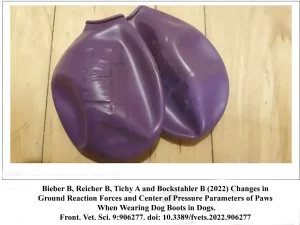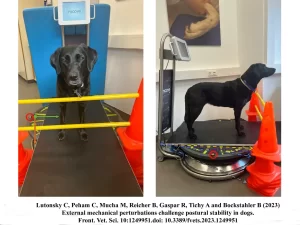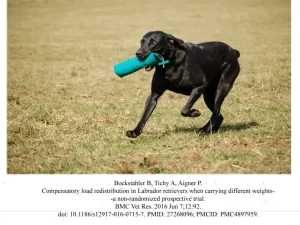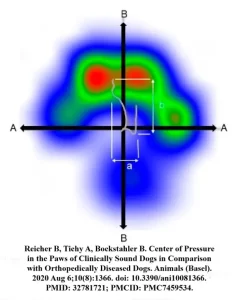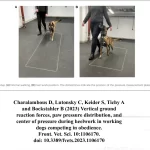
Vertical ground forces, paw pressure distribution and centre of gravity of pressure during handler-tracking work in working dogs competing in obedience
Walking at the feet with the handler watching is a command that is taught to competition and working dogs in obedience. Unlike other dog sports, the

